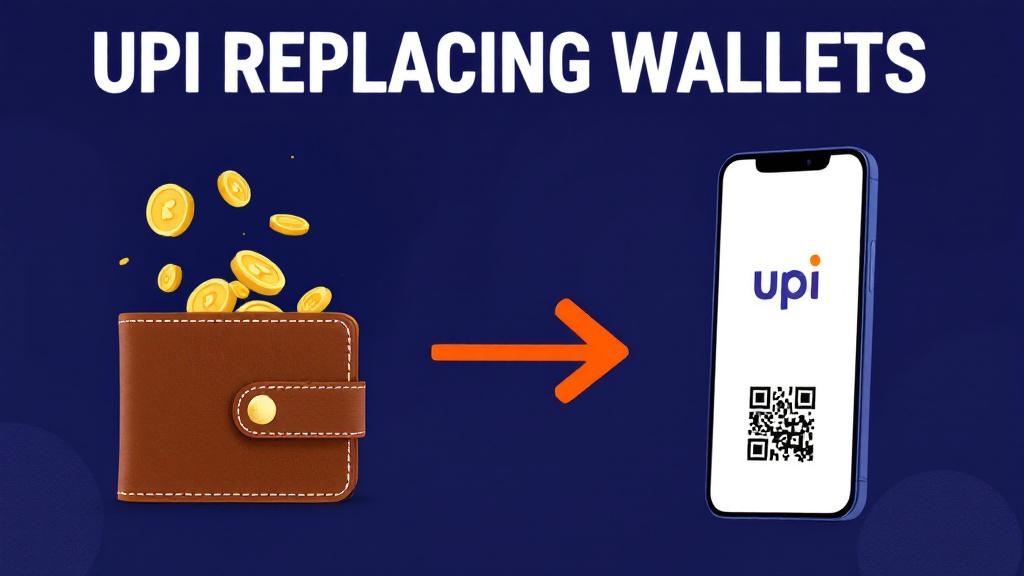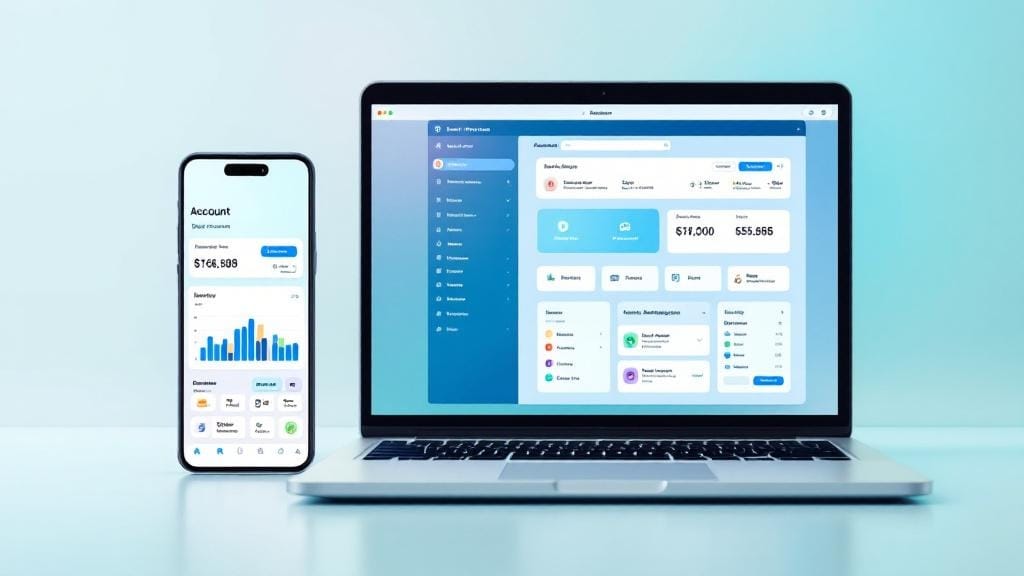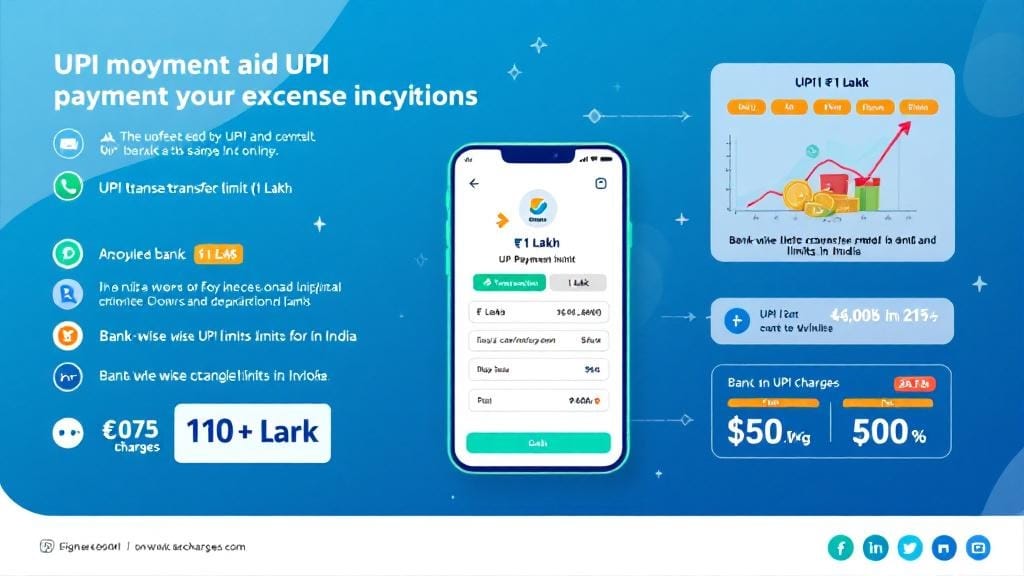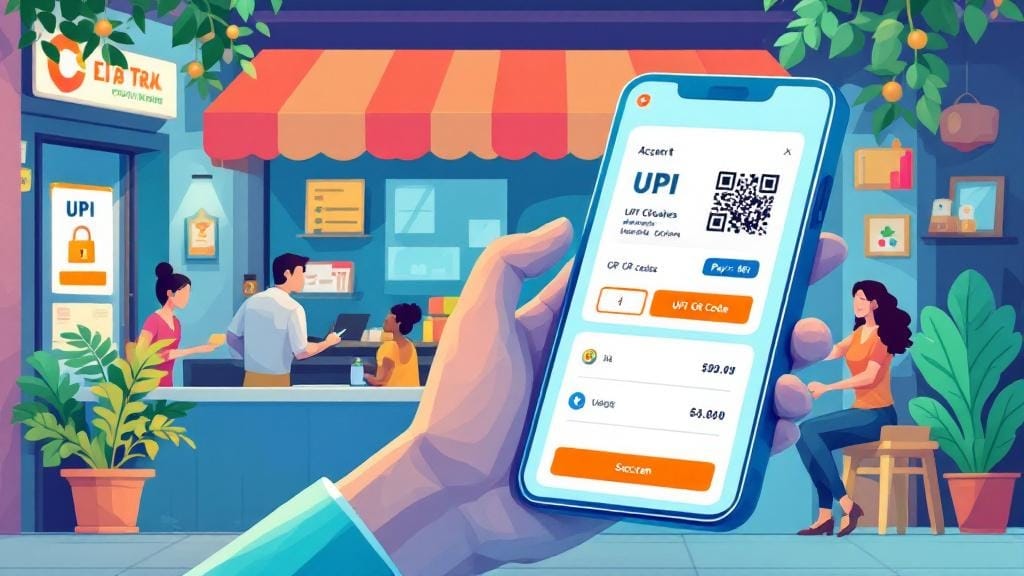The Shift Toward Seamless and Secure Digital Payments in India
In the ever-evolving world of digital payments, one trend is clear—UPI (Unified Payments Interface) is gradually replacing traditional digital wallets as the go-to method for making online and offline transactions in India. This shift has been significantly powered by UPI’s ease of use, security features, and rapid adoption across the country. Let’s take a closer look at why UPI is becoming the preferred digital payment method and how it’s reshaping the digital wallet market.
The Rise of UPI in India
UPI’s journey began in 2016 under the National Payments Corporation of India (NPCI). The aim was to create a unified platform for instant, secure, and cost-effective payments. Since then, UPI has taken India by storm, with monthly transactions crossing billions. As of 2025, UPI’s growth is nothing short of extraordinary, making it the fastest-growing digital payment system globally.
UPI vs Traditional Digital Wallets
Traditional digital wallets, such as Paytm, PhonePe, and Google Pay, were once the dominant players in India’s digital payment ecosystem. These wallets require users to pre-load money into the app before making payments. While this method was convenient, it had its limitations, such as:
Limited Flexibility: Funds were tied up in the wallet balance, preventing spontaneous payments.
Security Concerns: Storing money within an app could lead to potential security breaches.
High Fees: Wallets often charged higher transaction fees for transferring funds to bank accounts.
In contrast, UPI enables direct bank-to-bank transactions, providing users with a more seamless, cost-effective, and secure method to transfer money.
Why UPI Is Gaining Popularity
UPI Payment Adoption in India
The surge in UPI adoption is largely due to its simplicity and accessibility. Unlike traditional digital wallets, UPI does not require users to top up their account balance. All you need is your bank account linked to your UPI ID, and you’re ready to send or receive payments instantly.
The e-KYC process for UPI accounts has made it easier for users to get started without the need for complicated documentation. Whether you’re making a small payment at a local shop or transferring money across the country, UPI offers unparalleled convenience.
UPI Integration with Apps
One of the major advantages of UPI is its integration with a wide range of apps, including banking apps, e-commerce platforms, and mobile banking apps. This integration has made UPI the most versatile payment method in India. Whether you’re buying groceries online, booking a taxi, or paying for movie tickets, UPI supports transactions across a wide range of services.
This seamless integration has led to a surge in UPI transaction growth. In fact, UPI has overtaken digital wallets in terms of both transaction volume and value. The ease of linking bank accounts to apps like Google Pay, PhonePe, and others has made UPI the preferred method for many Indians.
UPI’s Security Features
Security has always been a key concern when it comes to digital payments. UPI’s security protocols have made it a much safer alternative to digital wallets. UPI uses features like Aadhaar-linked payments, two-factor authentication, and QR code payments, ensuring that users’ personal and financial information is well protected. UPI transactions are also more transparent and traceable, reducing the chances of fraud.
For example, the Aadhaar-linked payments feature allows users to authenticate their payments using their unique biometric ID, adding an extra layer of security.
The Decline of Digital Wallets
The decline of traditional digital wallets is evident as more users are opting for UPI. Some reasons behind this shift include:
Transaction Fees: Digital wallets often charge users a fee for transferring funds to their bank accounts, whereas UPI does not charge any transaction fee for transfers.
Bank Integration: With UPI, users can make payments directly from their linked bank accounts without the need for intermediaries, something that digital wallets cannot offer.
Wider Acceptance: UPI is accepted at more places, both online and offline, making it a more universally accessible payment method compared to wallets.
As a result, the digital wallet market in India has seen a shift, with many users moving toward UPI for day-to-day transactions.
Future of Mobile Payments in India
UPI’s dominance signals the future of digital payments in India. Here’s why:
Expanding UPI Transaction Limits: The UPI transaction limit is continuously being increased, making it possible for users to transfer larger amounts, thus expanding its usability for both personal and business payments.
Increased UPI Usage Trends: More people, especially in rural areas, are now adopting UPI, thanks to its simplicity and ease of use. UPI’s integration with mobile banking apps has made it more accessible to the masses.
Digital Banking Services: As India continues to push for digital banking services, UPI will be at the core of financial transactions, powering seamless payments and financial services across the country.
UPI and the Future of Digital Payments
The future of digital payments in India is heavily dependent on financial technology in India and digital banking services that rely on UPI. With its ability to scale and integrate with various platforms, UPI is well-positioned to become the standard for mobile payments not only in India but globally.
Real-Life Examples of UPI in Action
Let’s take a look at how UPI is revolutionizing payments in real life:
QR Code Payments: At local markets, UPI-powered QR codes have replaced cash and card payments. You simply scan a QR code and authorize the transaction through your bank’s app—no need for cash or physical wallets.
Aadhaar Linked Payments: In rural areas, the Aadhaar-linked UPI system has enabled people to send and receive money even without a smartphone. This is crucial for financial inclusion, helping people in underserved regions to participate in the digital economy.
E-commerce: UPI is now the preferred payment option for e-commerce giants like Amazon, Flipkart, and others. Users no longer need to rely on stored wallet balances or cards—they can simply pay directly from their bank accounts using UPI.
FAQs About UPI Replacing Digital Wallets
1. Why is UPI becoming more popular than digital wallets?
UPI is faster, more secure, and does not require users to pre-load money into an app. Its seamless integration with mobile apps and bank accounts makes it a more convenient and cost-effective option than digital wallets.
2. Is UPI secure for making payments?
Yes, UPI uses advanced security features like two-factor authentication, Aadhaar-linked payments, and QR code payments to ensure safe transactions. It is a highly secure payment method.
3. Can UPI replace digital wallets completely?
UPI is likely to continue replacing digital wallets due to its growing popularity, security features, and widespread acceptance across various platforms.
4. What is the future of mobile payments in India?
The future of mobile payments in India looks bright, with UPI at the forefront. As UPI usage continues to rise and its integration with new technologies expands, it will likely dominate the mobile payment landscape.
5. Are digital wallets still useful?
While digital wallets still offer some advantages, such as rewards and discounts, UPI’s convenience and security are quickly making it the preferred method for most users.
6. How does UPI help in financial inclusion?
UPI has made banking and payments more accessible, even for people without smartphones, especially with Aadhaar-linked payments and QR code technology.
Conclusion
The shift from traditional digital wallets to UPI is reshaping India’s digital payment landscape. As UPI continues to grow and evolve, it’s set to become the backbone of mobile payments in India. With its seamless integration, security features, and wide adoption, UPI is undoubtedly the future of digital payments in the country.
By offering users the flexibility to make direct bank-to-bank transactions, without the need for preloaded funds or third-party intermediaries, UPI is quickly becoming the preferred choice for millions of Indians.








Comments (0)